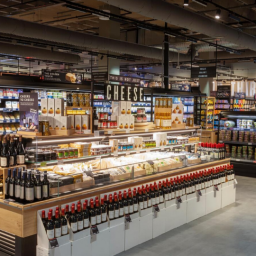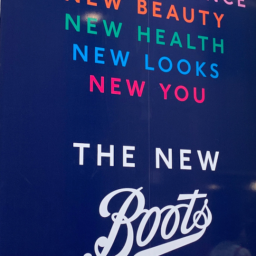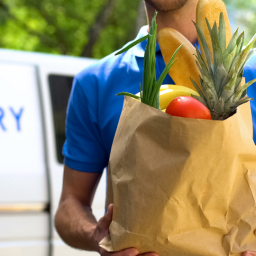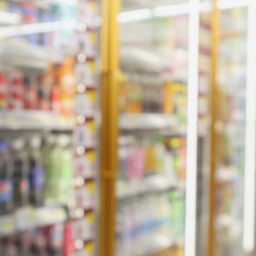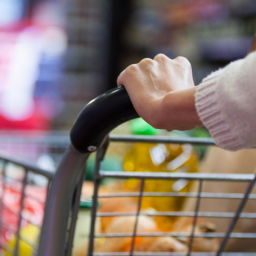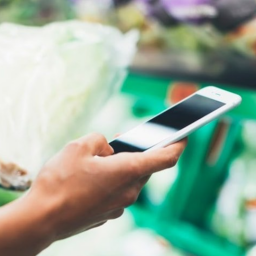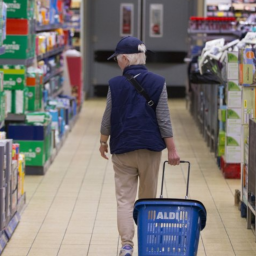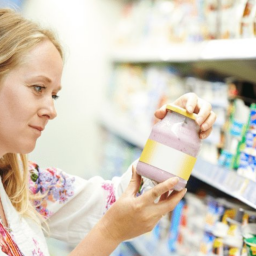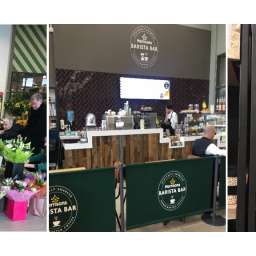
Strong growth of takeaway delivery is a concern to the wider foodservice market. Delivery option is making it easy and convenient for consumers, but operators are rightfully concerned with the levels of sales cannibalisation. The latest research on this topic highlights how the takeaway delivery is impacting the grocery market as well as foodservice market.
If not having a takeaway, a larger proportion of consumers would be spending in the grocery market, than eating out. 44% of consumers said that they would have cooked at home, had they not gotten a delivery (MCA Foodservice delivery report, 2019). A further 11% said that they would have bought food to go from a supermarket or a convenience store (MCA Foodservice delivery report, 2019). Together that is over half of consumers who’s money would have been spent in the grocery market, had it not been spent on foodservice delivery.
Just 9% of consumers said that they would have eaten out in a pub or in a restaurant, indicating that spend is moving from grocery to delivery, more so from cannibalisation on the foodservice market itself.
Delivery could be being subbed in as a replacement for buying groceries to cook at home. 54% of consumers agree or strongly agree that foodservice delivery makes them less likely to cook at home (MCA Foodservice delivery report, 2019). It will be alarming to retailers and suppliers that over half of consumers implicitly agree that participating in foodservice delivery is impacting their behaviours in the grocery market, affecting both supermarket and convenience shoppers.
Supermarket and Convenience shoppers are more likely to purchase delivery than any other channel. When asked what channels they had shopped in, in the past week, 29% of supermarket shoppers had also purchased food delivery, and 26% of those who purchased in a convenience store, had also purchased food delivery in the last week (HIM MCA Convenience report, 2019).
Frequency of foodservice delivery was 2.35 times per head per month in 2019, growing by 9% in just a year. Frequency is expected to continue to grow, with 62% of consumers agreeing that they will increase their ordering frequency over the next 2-3 years (MCA Foodservice Delivery Report, 2019). The ‘treat’ mission is declining for foodservice delivery, indicating that delivery is beginning to transition into a habitual event in shoppers’ lifestyles. The growth in frequency of foodservice delivery is posing a threat to what would otherwise be supermarket or convenience store visits.
The ‘food to go’ shopper mission has seen long term decline in the convenience channel, from 18% in 2015, down to 14% in 2019 (HIM MCA Convenience report 2019). It has been suspected that c-store shoppers have been trading into foodservice to-go, rather than c-store to-go, where quality is perceived to be higher. The new evidence shines a light on the fact that foodservice delivery could also be having an impact here. 13% of 18-34 year olds said that they would have bought food to go from a supermarket or a convenience store if they hadn’t of had foodservice delivery. We know that 18-34 year olds are by far the most active consumers in the foodservice delivery market (MCA Foodservice delivery report, 2019), but they are also more likely than other age groups to be on a food to go mission in a convenience store (HIM MCA Convenience report 2019).
Co-op, NISA, Costcutter and several hundreds of independent convenience stores, are now listed on Deliveroo and Uber Eats, offering shoppers delivery on a large array of items that cater for a range of missions. With shared shoppers in the convenience market and the foodservice delivery market, it is time for the convenience market to start rethinking the position of grocery and convenience, and to tap into the strong growth within delivery.


